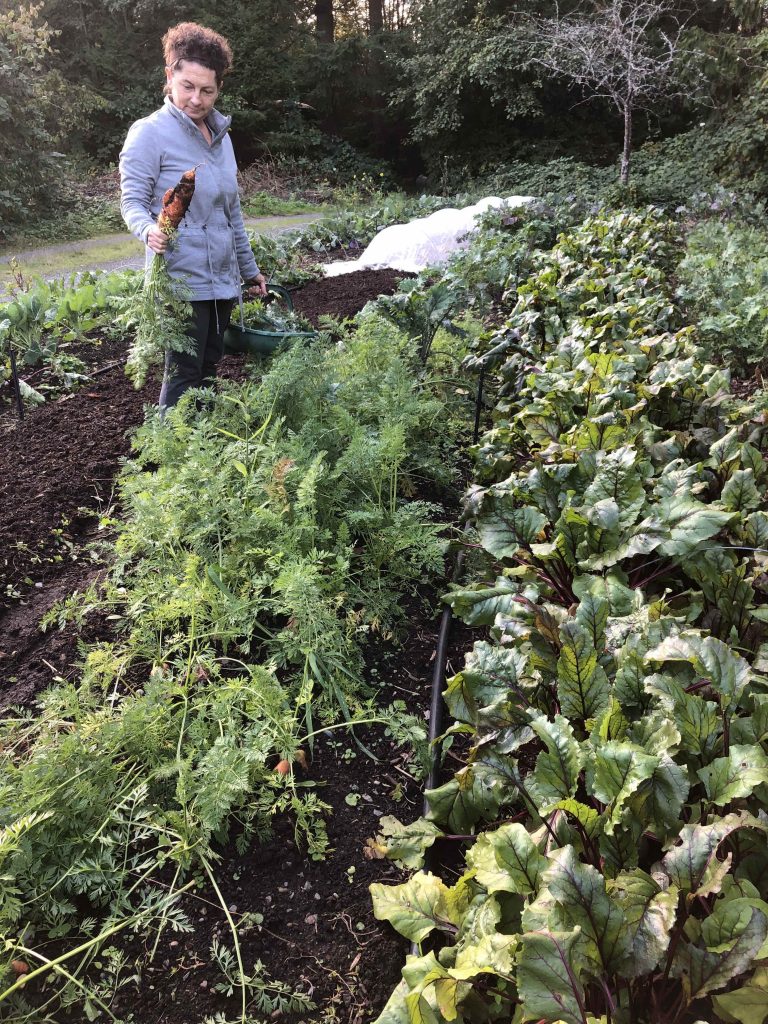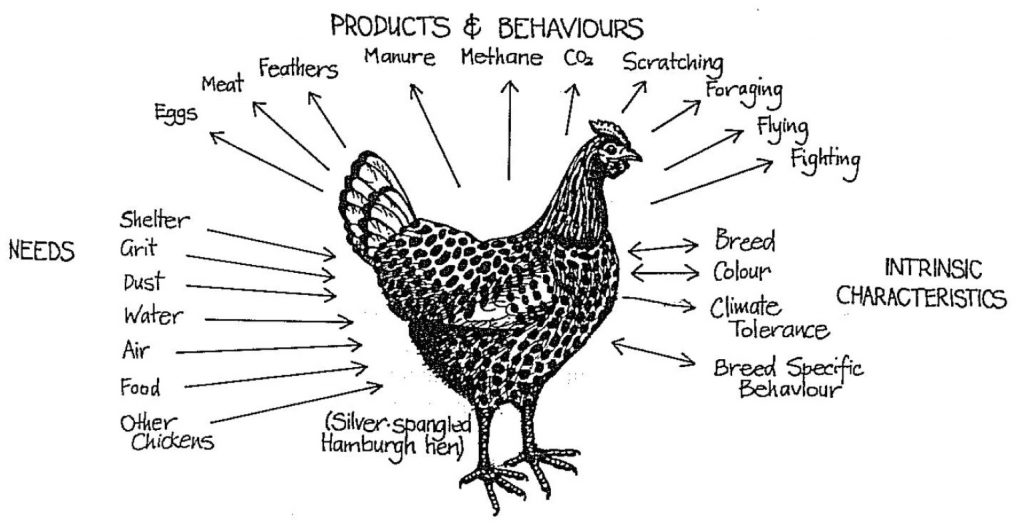Build Your Landscape to Weather any Storm
Design your landscape to thrive in extreme conditions. That’s correct. Using regenerative or permaculture design practices, you inherently create a landscape that absorbs the extremes of high rainfall events as well as the heat and drought associated with extended droughts. Both of these weather patterns are becoming more common in the pacific northwest.
Many of you will know that our weather patterns are changing, and many parts of the world see extreme rain and storm events connected to human-induced climate change.
The message today is one to encourage you to be proactive. Extreme events are likely to continue. Consider preparing your homestead to accept and thrive under these extreme conditions.
To create an integrated design, we need to look at the whole property and conduct a thorough site analysis to identify the strengths and weaknesses of a property.
An integrated design will connect various assets of your site and give landscape elements multiple purposes or uses. Backyard chickens are an excellent example, they provide eggs, which is incredible enough, but as you can see in the image below, chickens offer a wide range of products and services to the soil.
Now I’m not suggesting that chickens on their own would save your landscape from an extreme rain event. What I am saying is that they as part of many other integrated pieces within your design system. When managed correctly, chickens will improve your soil conditions and allow greater water holding capacity behaving more like a sponge, holding soil moisture well into periods of drought. Just a 1% increase in the organic matter within your soils will allow you to store or retain an extra 20,000 gallons of water per acre.
A regenerative or permaculture design can be applied to any size property, from a small urban lot to large farms. Urban sites can be quite challenging with all of the impervious surfaces that come with modern subdivisions, and traditional landscape design does not optimize these rainwater harvesting opportunities.
Using the permaculture design system, one will view impervious surfaces (walkways, driveways, roofs) as rainwater harvesting opportunities. This rainwater, which is drained off-site, can be part of an integrated design containing rainwater catchment cisterns, rain gardens, infiltration pits, swales and other rainwater harvesting structures.
If one did nothing else in preparing for a changing climate, then collect, slow and encourage rainwater to infiltration, it would have a considerable impact on their landscape’s fertility. It then opens to door to buildings your soils, harnessing energy that enters your site and many other aspects which build resilience within a homestead.
If this intrigues you, there are several options you may wish to consider. The first obvious choice is to find a permaculture designer who you feel is a good fit for your project. Another alternative is taking a Permaculture Design course yourself and designing your landscape. One of the finest online Permaculture design programs is offered by Oregon State University (OSU) and runs four times each year. I am fortunate enough to be one of several instructors who grade students’ assignments and provide feedback to their assignments and, ultimately their design. This course has some fantastic instructors like Andrew Millison, Marisha Auerbach, Javan Bernakavitch, Neil Betrado, Jessi Bloom, Jyoti Deshpande, Kelda Lorax, Karen Taylor and Devon Monday.
If you are interested in checking this online course out, you can do so at this link:
https://workspace.oregonstate.edu/course/permaculture-design-certificate-online
To save 5% off the course cost, you can use the discount code JWPerm at the checkout.
In our household, we have been working to increase our food and water sovereignty over the past decade. This winter, we are making some changes to our rainwater and stormwater system that will protect our home in the event we have a 1 in a 100-year rainfall event. Our previous 24-hour high rainfall record is 90mm, and I wouldn’t be surprised to see this amount exceeded in the coming years. In the coming months, we will be documenting our work, which we will share with you in upcoming posts.
Jamie Wallace
Co-owner of Jaan Designs
Regenerative land designer, educator




